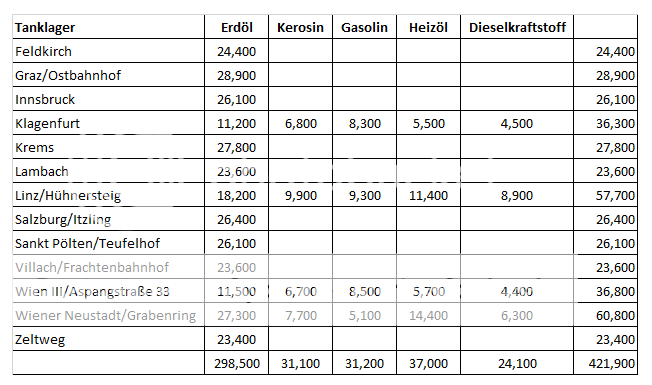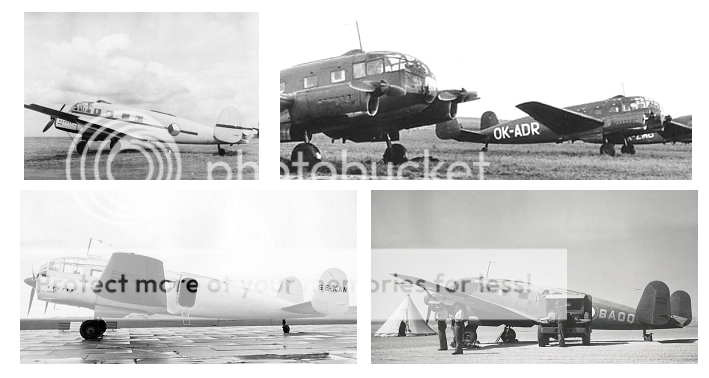Berlin, H.M. Passport Control Office, Saturday, 19 February 1949
William “Bill” Tanner, MI6 station chief in the German capital, studied the document before him with a slight sense of incomprehension. It was an internal report filed by the Vacuum Oil AG – the German subsidiary of the American-owned Vacuum Oil Company of New York – with the German Ministry of Economics Statistical Office, summarizing the stocks on hand in the firm’s storage terminals in Austria.

Economic intelligence was not his primary interest, but the first thing that stood out was the sheer number of facilities being reported on. He went to the filing cabinet and pulled out the file kept on matters related to Germany’s petroleum industry – official reports, newspaper clippings, and the occasional agent report. He found what he was looking for, the 1947 summary report on the state of the German oil industry. In it he read that Vacuum Oil official reported having three depots in the Austrian provinces with a combined storage capacity of 100,000 tons of petroleum, oil, and lubricants.
The report before him cited thirteen depots with the old borders of Austria, with a combined capacity more than four times what had been officially reported in 1947. He dug further, and did find an item culled from a 1948 number of
Oberösterreichische Rundschau mentioning the construction of the terminal at Wiener Neustadt, relating to the development of the big oil field at Matzen. But the other eight locations were not previously cited; and Tanner noted that they were all reported as holding only crude oil. If – and it was a rather large if – Vacuum Oil had built up an oil reserve of more than 200,000 tons that was ‘off the books’ as it were.
“And what might that mean?” Tanner pondered the question long and hard.
Survey Ship Komet, The Bismarck Sea, North of New Ireland, Sunday, 20 February 1949
Thus far in her survey of the seafloor of the Bismarck Sea the
Komet had encountered few commercial vessels but her eastward course now brought her close to the north-south shipping lanes that ran between the Philippines and eastern Australia. Her crew, instructed to keep alert for the potential of an encounter with a lumbering tramp freighter or even a liner, stood double watches by day and night. Her hydrographers monitored the instruments that measured the extremely interesting contours of the sea floor, while the small meteorological detachment took daily weather readings and broadcast them for the benefit of mariners. Were it not for the round of daily assignments to keep the ship taut and tidy, one might have thought their mission a pleasure cruise.
The Portuguese Fort, Bahrain, Monday, 21 February 1949
Hans Bessig and his American colleague, Henry Jones, together with Alexander Klaws, the Hansa Line agent from Manama, sat around an evening fire in the archaeologists’ camp that stood within the walls of the old Portuguese fort. Klaws shrugged,
“I saw Hachmann off on today’s flying boat to Basra. Do you think he will return in the autumn?
“He said that he would,” though Bessig sounded a note of doubt. “His health has deteriorated in the last several months. Cooler weather might revive him. But we shall see.”
“I can’t imagine he could turn his back on the sort of discoveries we’ve made here. We’ve discovered a city that dates back to the time of the Sumerians, with evidence of occupation through to the time of Alexander the Great.” Jones was expansive on the subject of the uniqueness of their find. “And your temple complex at Barbar, and the mound fields… we could spend twenty years here and still not be finished.”
“Perhaps, and I think Hachmann will make a strong case with the authorities at Marburg to continue funding our excavations.”
“My firm will continue its support as long as you are here.” The aid – financial and otherwise – provided by the Hansa Line had proved irreplaceable.”
“So, where do we begin tomorrow?”




